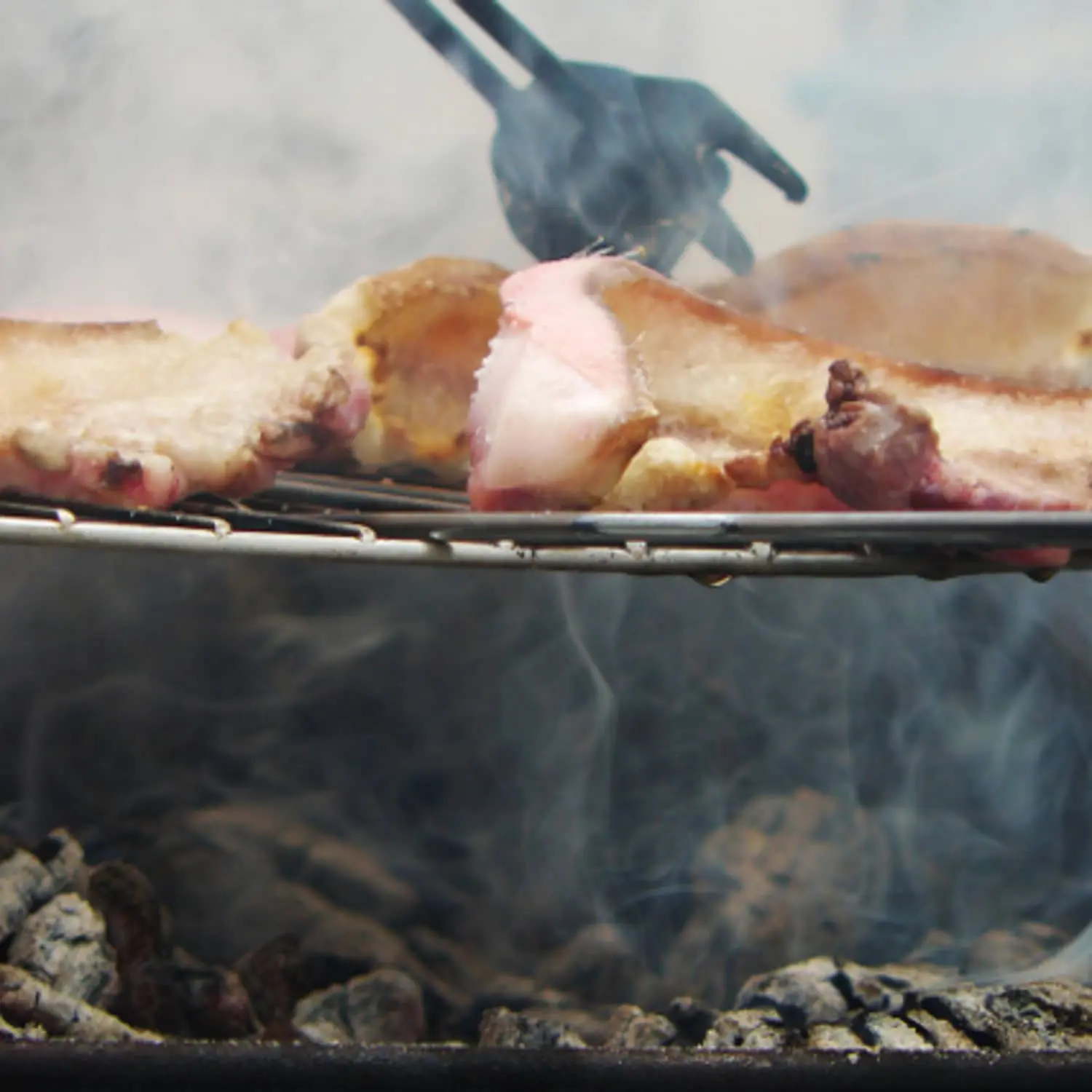Are you a fan of that rich, smoky flavor in your food? Do you want to learn how to achieve that perfect smoked taste at home? Look no further! In this article, we will explore different methods and techniques to get that delicious smoked flavor in your dishes. Whether you are a seasoned pitmaster or a beginner, there's something here for everyone.

Choosing the Right Wood
One of the key factors in achieving a great smoked flavor is choosing the right type of wood. Different woods impart different flavors, so it's important to choose the one that complements your dish. Here are some popular wood choices and the flavors they produce:
- Hickory: Known for its strong, bacon-like flavor, hickory is a popular choice for smoking pork and beef.
- Mesquite: Mesquite wood adds a bold and intense flavor, perfect for grilling and smoking red meats.
- Apple: If you prefer a sweeter and milder smoke flavor, apple wood is a great option, especially for poultry and pork.
- Cherry: Cherry wood provides a slightly sweet and fruity flavor that pairs well with a variety of meats.
- Oak: Oak wood produces a medium to strong smoke flavor that works well with almost any type of meat.
Experimenting with different wood types can add a new dimension to your smoked dishes. Remember to use only well-seasoned wood for the best results.
Controlling Temperature and Smoke
Another important aspect of getting the perfect smoked flavor is controlling the temperature and smoke in your cooking environment. Here are some tips to help you achieve optimal results:
- Low and Slow: Many pitmasters swear by the low and slow cooking method, which involves smoking food at temperatures around 225°F (107°C) for an extended period. This allows the smoke to penetrate the meat slowly, resulting in a more pronounced flavor.
- Higher Temperatures: However, not everyone follows the low and slow approach. Some prefer cooking at higher temperatures, such as 300°F (149°C), to achieve similar results in less time. This can be a matter of personal preference and experimentation.
- Adding Smoke: There is a common belief that meat stops absorbing smoke after reaching an internal temperature of 160°F (71°C). While the science behind this is unclear, many pitmasters continue to add smoke until they wrap the meat or finish cooking. Feel free to experiment and find what works best for you.
- Bark Formation: The bark, or the dark, caramelized crust that forms on the surface of smoked meat, is highly desirable for many barbecue enthusiasts. However, it can sometimes become too black or burnt. If you prefer a lighter bark, consider reducing the cooking time or wrapping the meat in foil during the smoking process.
Remember, these are just guidelines, and there is no one-size-fits-all approach to achieving the perfect smoked flavor. It's all about finding what works best for your taste preferences and the type of meat you are cooking.
Letting the Meat Shine
Some pitmasters believe in letting the quality of the meat and the smoke take center stage, without relying heavily on rubs and other seasonings. Using high-quality meat and allowing the natural flavors to shine through can result in a delicious and authentic smoked taste. However, feel free to experiment with rubs, marinades, and other flavor enhancers to create your own unique smoked dishes.

Additionally, the way you serve your smoked meat can also make a difference in the overall experience. While many people prefer to pull the meat, which involves shredding it and serving it in a bun, others prefer to slice it. Slicing the meat allows you to appreciate the texture and tenderness, making it an excellent choice for certain cuts like pork butt.
Ultimately, the choice between pulling and slicing meat is a personal preference. The most important thing is to enjoy the delicious smoked flavor you have worked so hard to achieve.
Getting that perfect smoked flavor requires a combination of technique, experimentation, and personal preference. Choosing the right wood, controlling temperature and smoke, and allowing the meat to shine are all important factors in achieving the desired results. Whether you prefer low and slow cooking or higher temperatures, the key is to enjoy the process and savor the incredible flavors that smoking can bring to your dishes.
Q: Can I achieve a smoked flavor without a smoker?
A: Yes, you can still achieve a smoked flavor using alternative methods such as a charcoal grill with indirect heat or a stovetop smoker.
Q: How long should I smoke different types of meat?
A: The smoking time will vary depending on the type and size of the meat. It's best to use a meat thermometer to ensure the meat reaches the desired internal temperature.
Q: Can I mix different types of wood for smoking?
A: Yes, you can mix different types of wood to create unique flavor profiles. Experiment and find combinations that work well with your favorite dishes.
Table: Wood Types and Flavors
| Wood Type | Flavor Profile |
|---|---|
| Hickory | Strong, bacon-like flavor |
| Mesquite | Bold and intense flavor |
| Apple | Sweet and mild flavor |
| Cherry | Slightly sweet and fruity flavor |
| Oak | Medium to strong flavor |
Remember, the key to achieving the perfect smoked flavor is practice and experimentation. With time, you'll develop your own techniques and preferences. So, fire up your smoker, choose your favorite wood, and get ready to enjoy the incredible taste of smoked dishes!
If you want to know other articles similar to Mastering the art of smoked flavor: a comprehensive guide you can visit the Smoking techniques category.


Related Articles